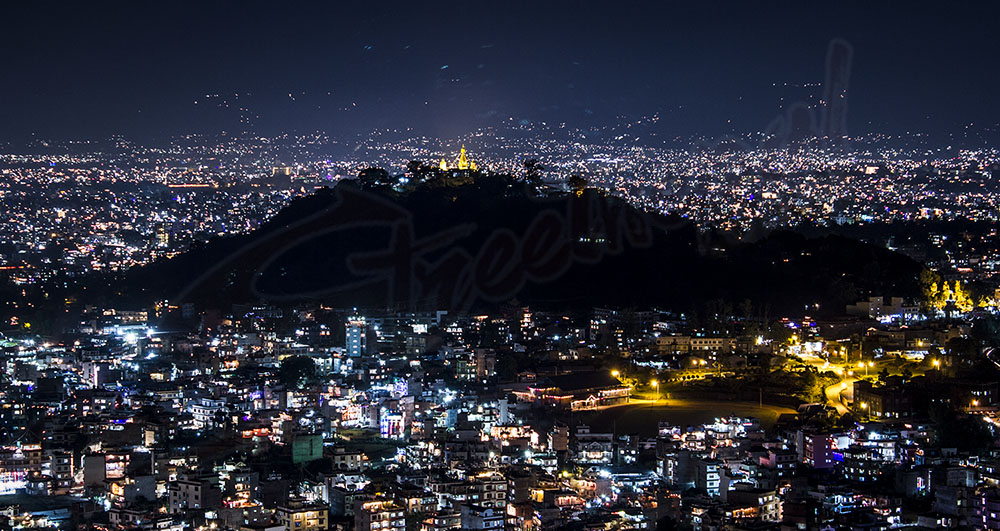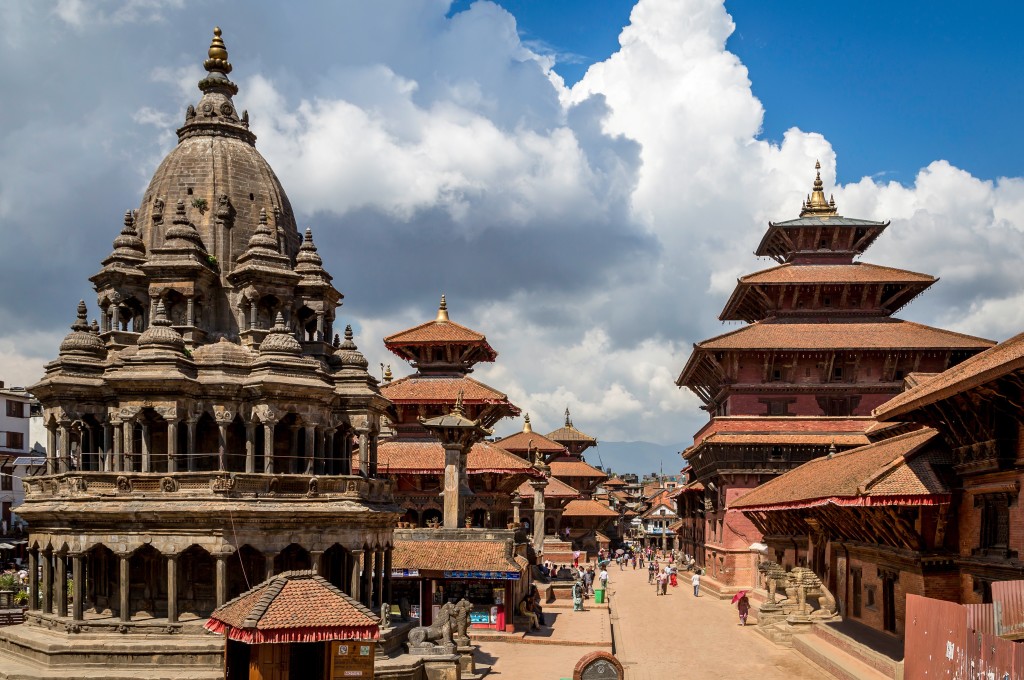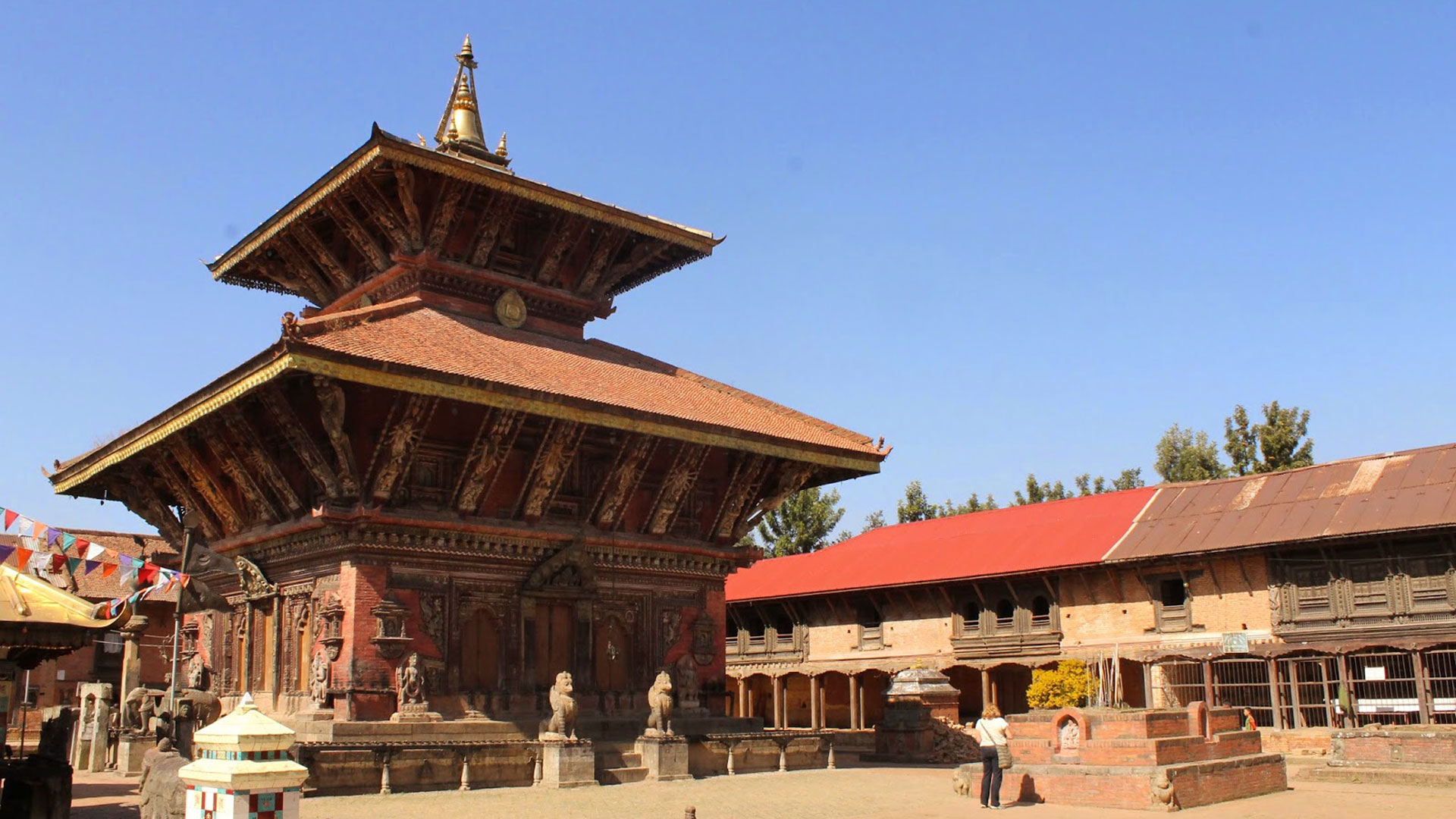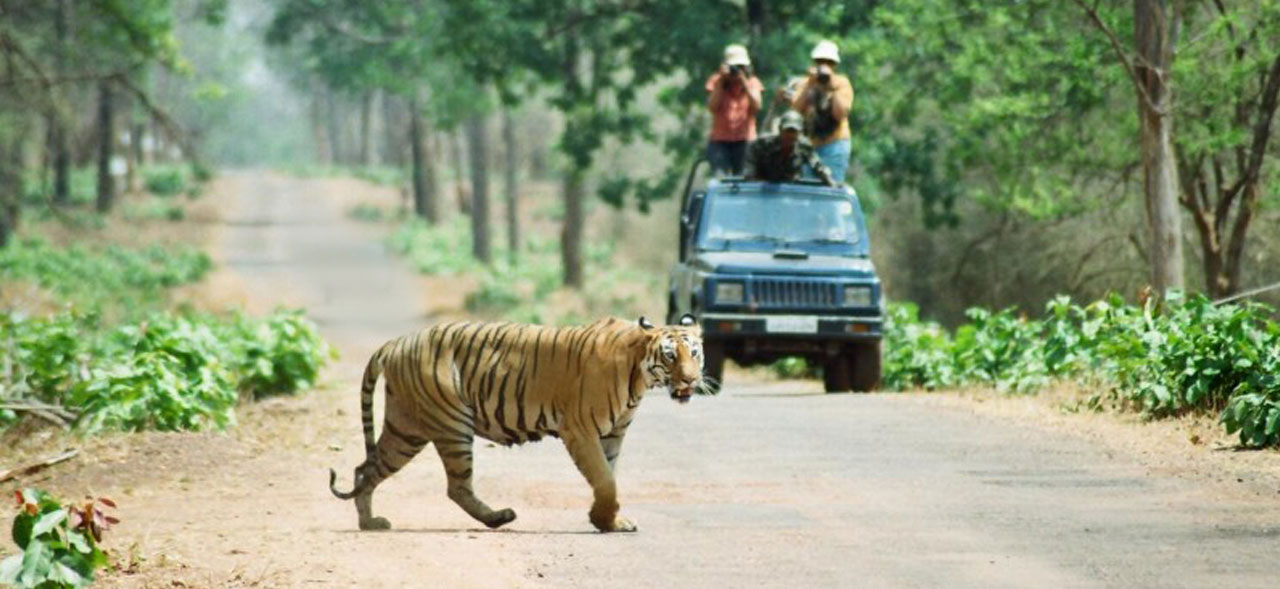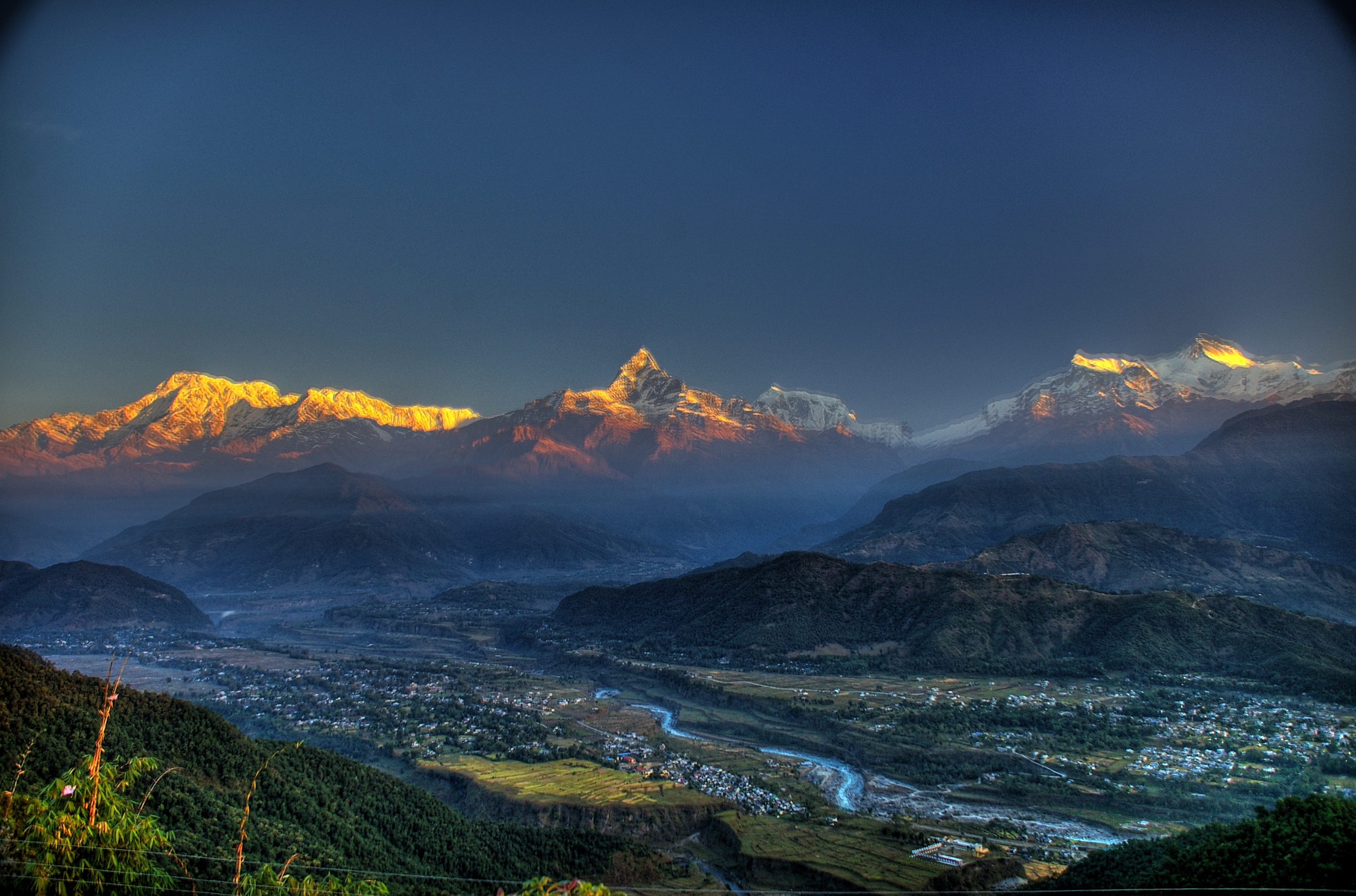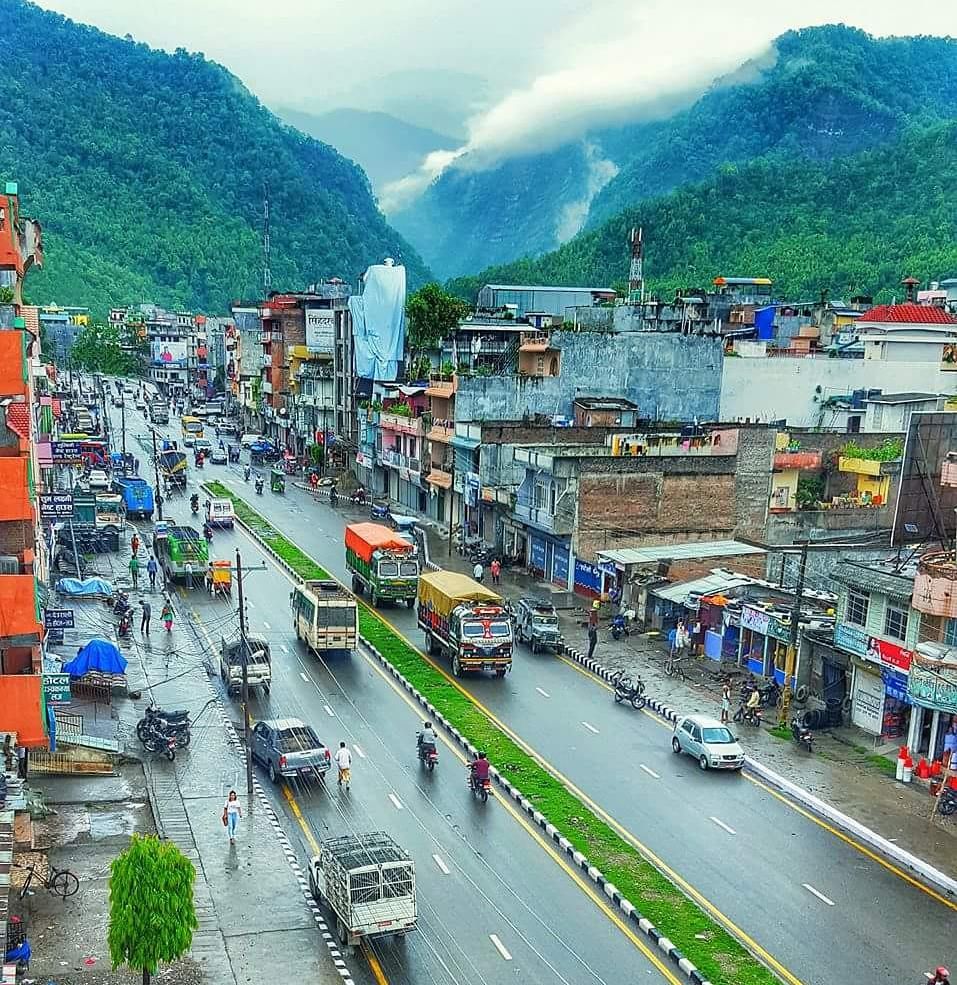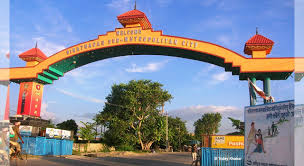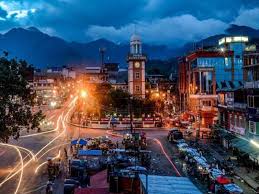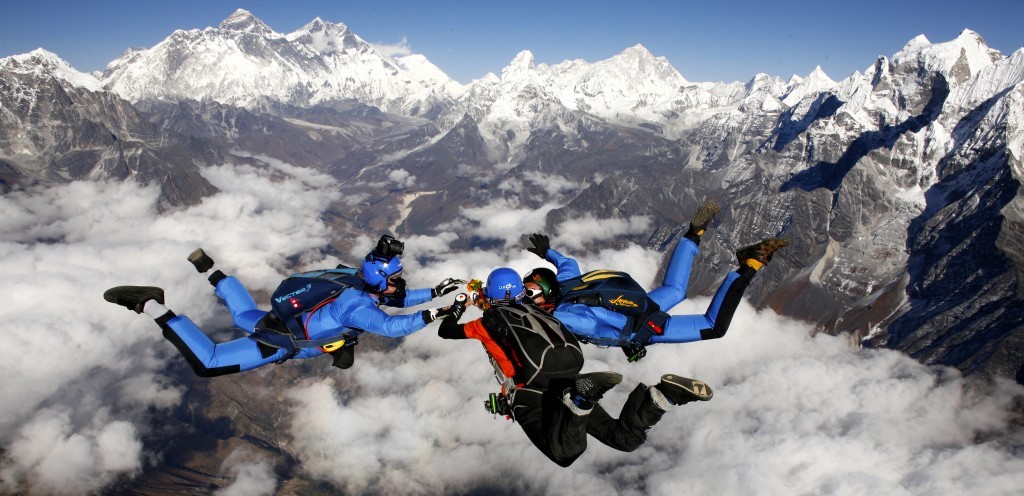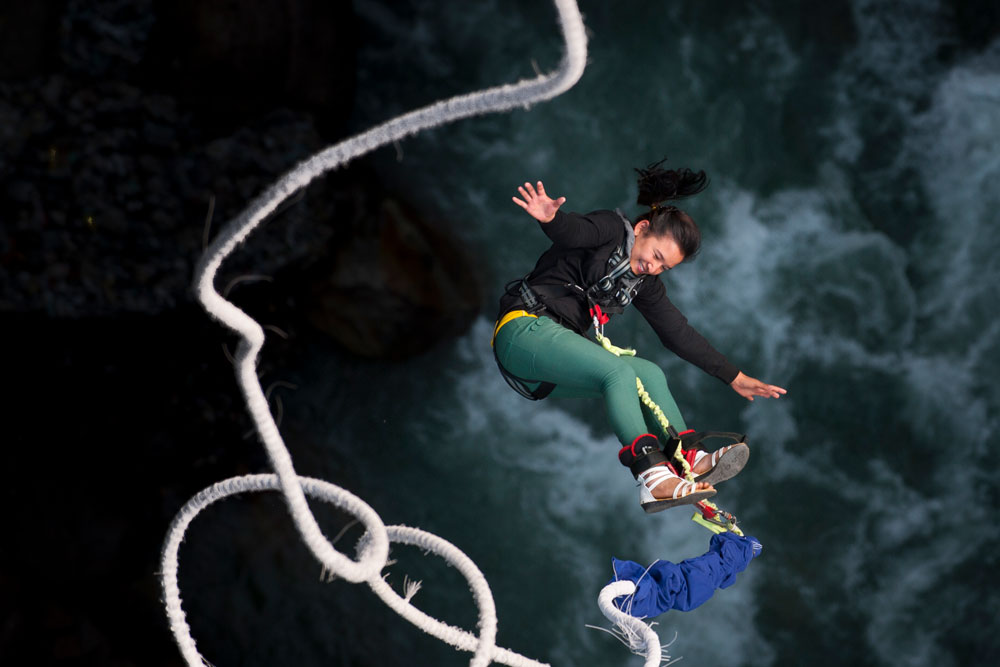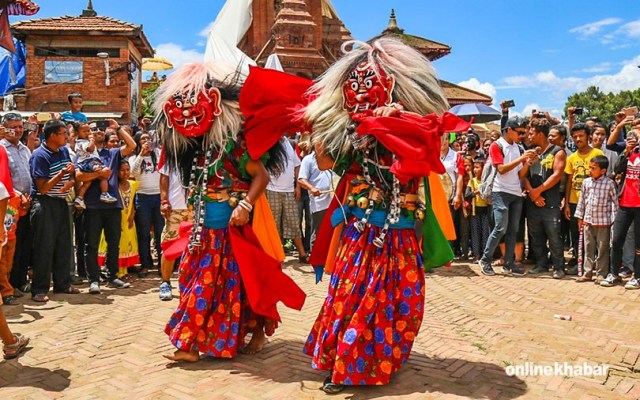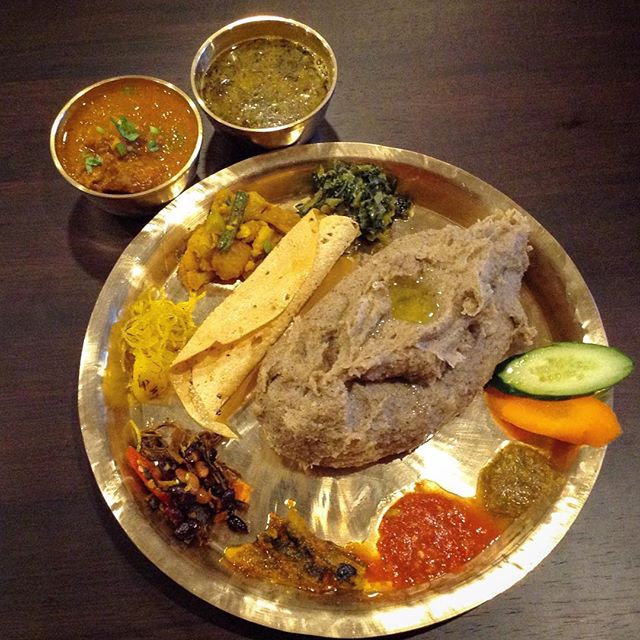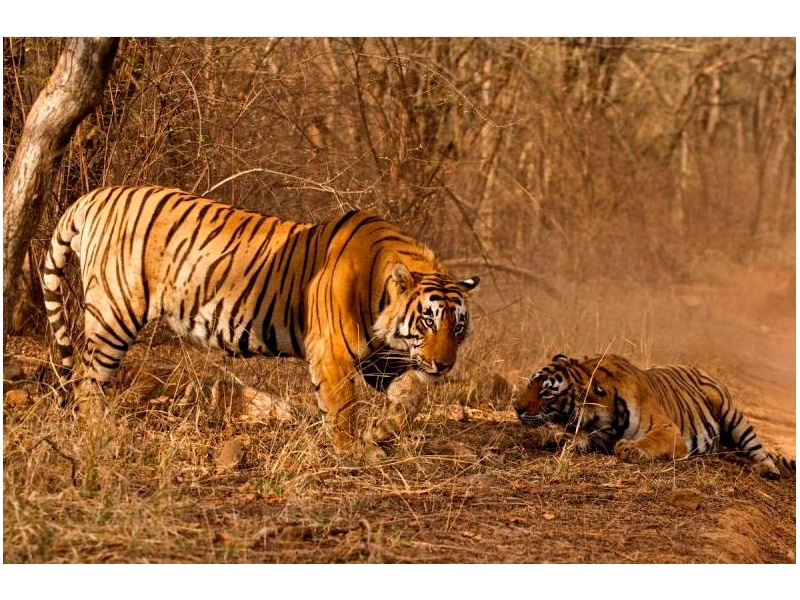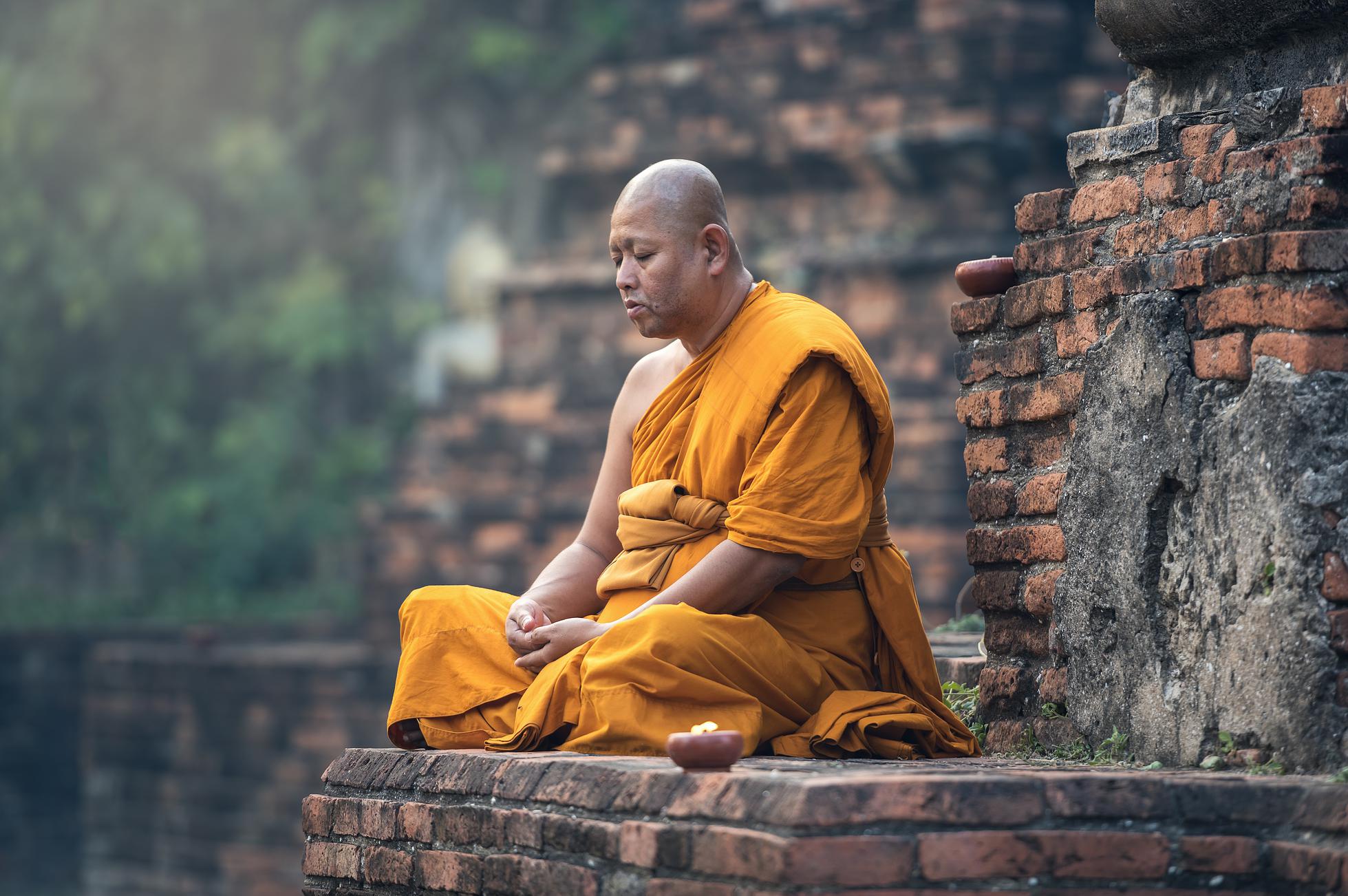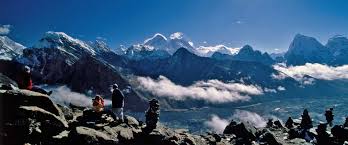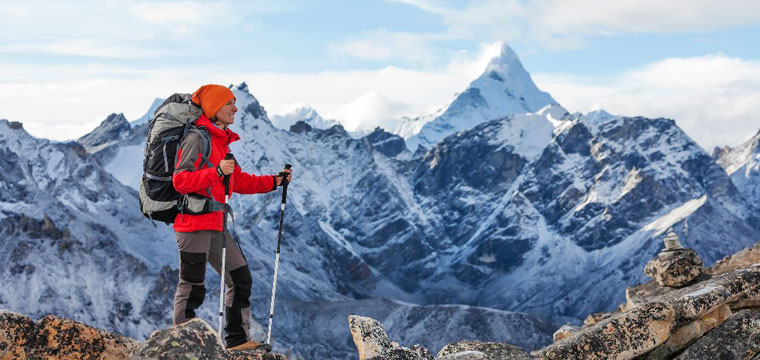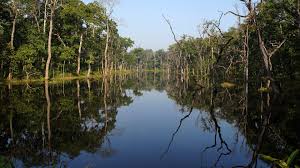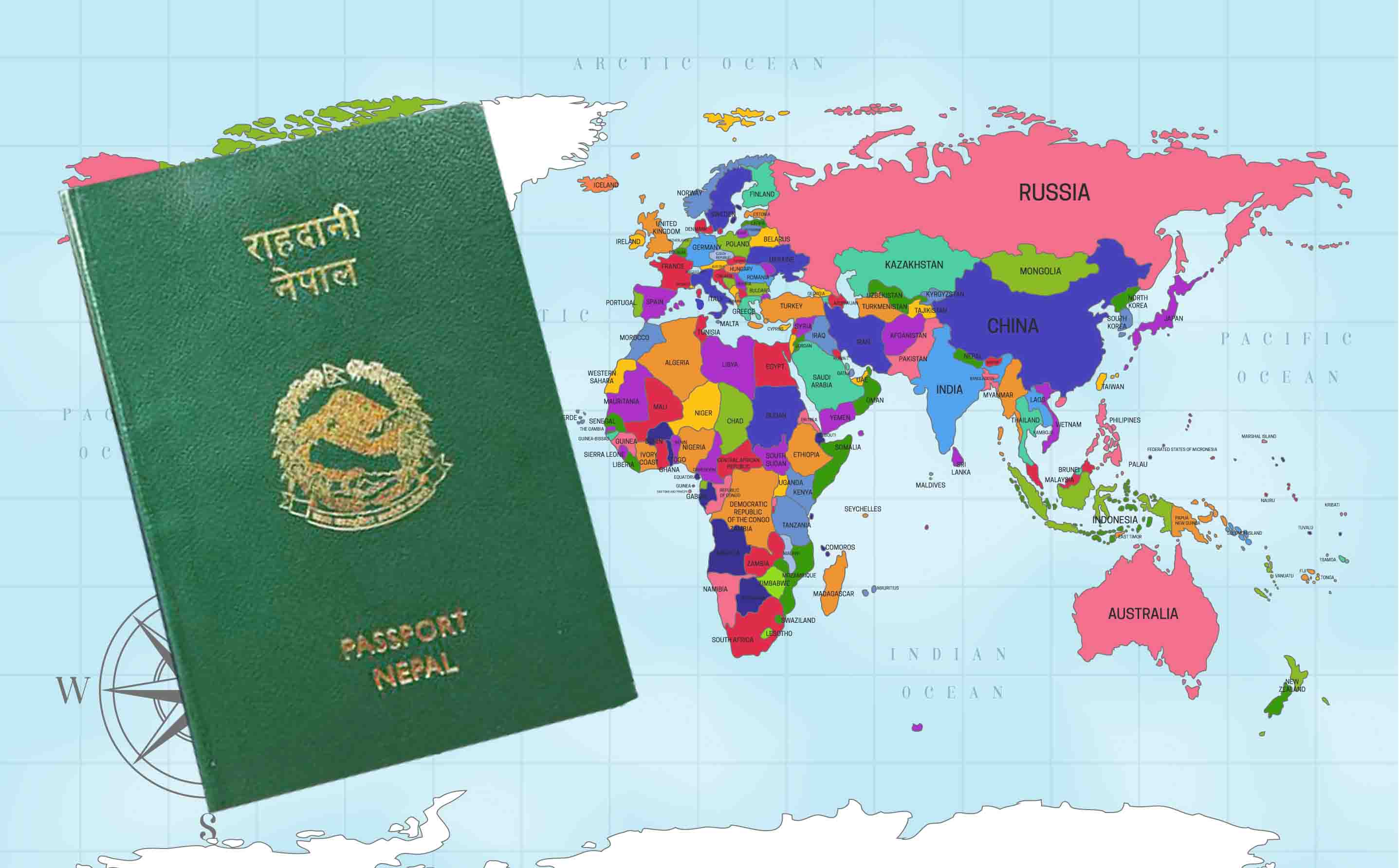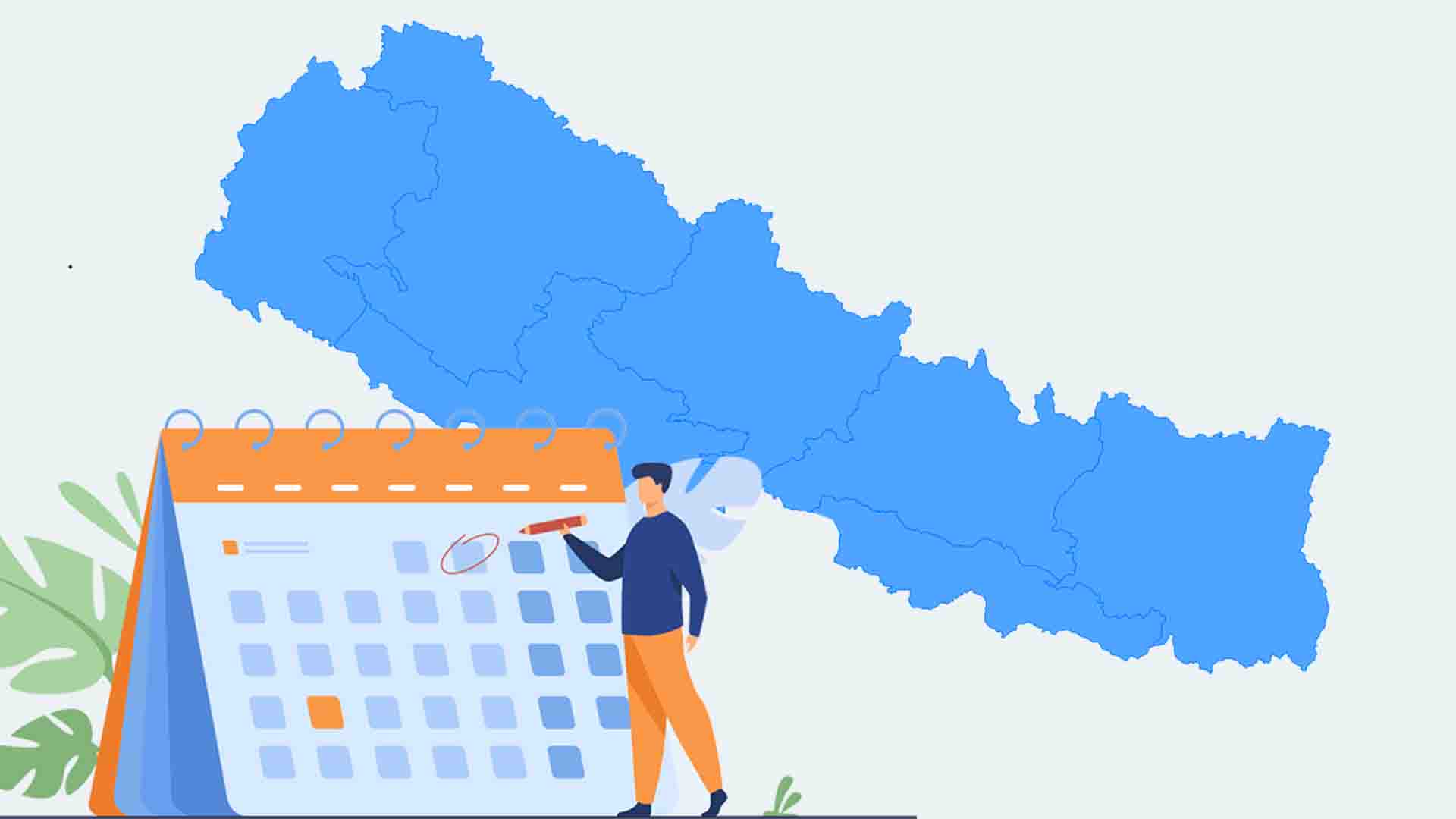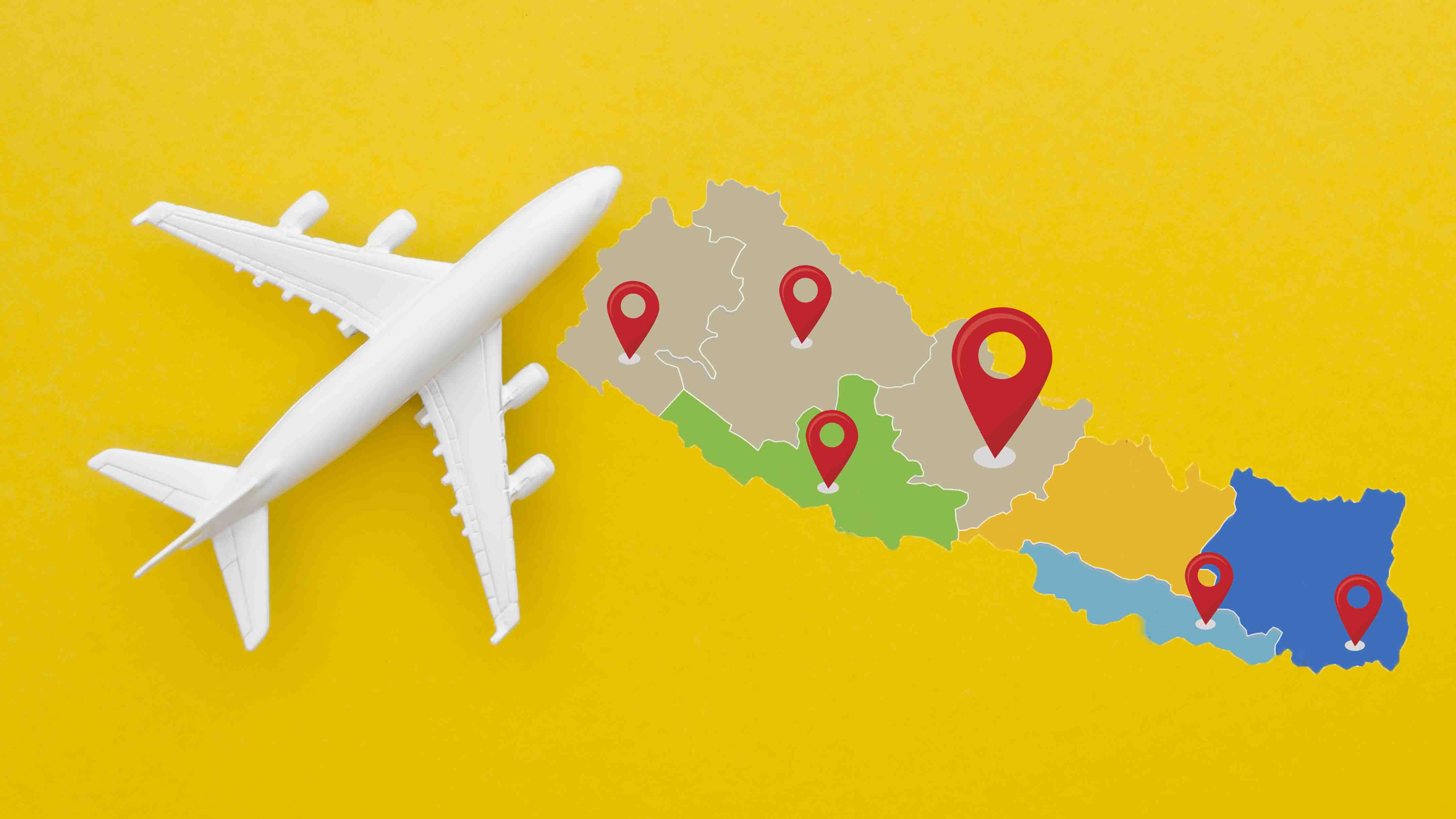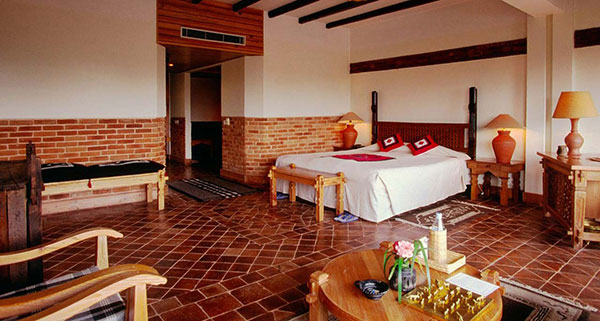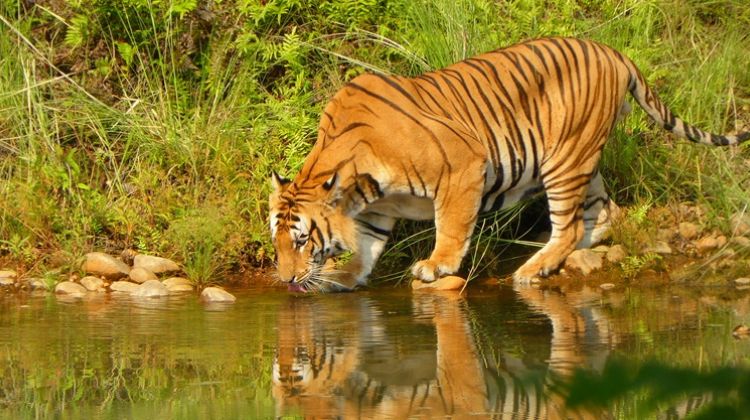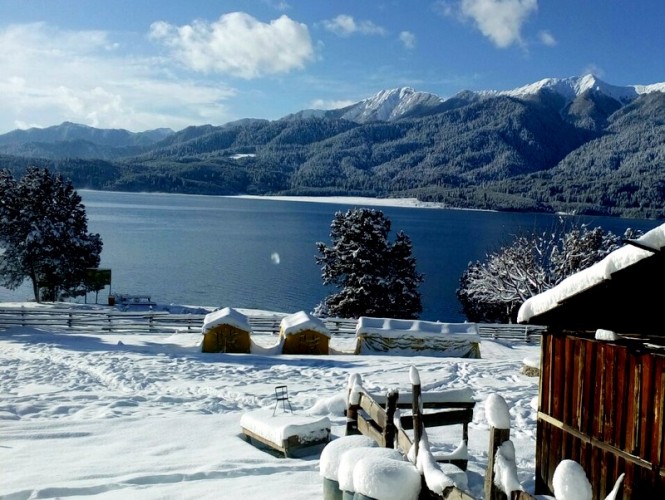Understand Nepal > national parks & conservation areas > Dhorpatan Hunting Reserve
Dhorpatan Hunting Reserve
Dhorpatan Hunting Reserve, the only hunting reserve of Nepal, lies at an altitude range of 2,850 m to 5,500 m, in Province No. 5. Covering an area of 1,325 km2 of the Dhaulagiri Region of Rukum, Myagdi, and Baglung Districts of Western Nepal, the reserve was established in 1987.
Dhorpatan Hunting Reserve, different from canned and trophy hunting in other countries, allows only hunting of certain wild species in a dedicated area, to control their population. The hunting requires a proper license issued from the Department of National Parks and Wildlife Reserves in Kathmandu during certain seasons and the right arrangements.
The hunting reserve is a sanctuary of some rare and endangered species of mammals like Red Panda and Musk Deer. The hunting reserve is an array of diverse bird species and a center for wildlife and bird enthusiasts, hunters, and researchers. Composed of alpine, sub-alpine, and high temperate vegetation, Dhorpatan Hunting Reserve is home to plants like fir, pine, birch, rhododendron – the national flower of Nepal, hemlock, oak, juniper, and spruce.
Pastureland covering the half of the reserve, Dhorpatan is famous for Leopard, Goral, Serow, Himalayan Tahr, Himalayan Black Bear, Wild Boar, Langur, Mouse Hare, Barking Deer, Cheer Pheasant, with Blue Sheep being the star attraction. The national bird of Nepal – Danphe is also found here.
Dhorbaraha, the famous Hindu pilgrimage, lies near the reserve, on the banks of Uttarganga River, which is full of devotees, pilgrims, and tourists during a fair, on Hindu festival – Janai Purnima which falls in August.
The best time to visit the reserve is from September to December and March to June when the weather is perfect. It is better to avoid the visit to this area on monsoon that lasts till the end of November and winter until April as the trail is covered with snow.
To reach Dhorparan Hunting Area, one has to trek for three days from the reserve’s headquarters through Burtibang. One can find a public bus from Kathmandu to Tansen, or take a flight from Kathmandu to Pokhara and trek to reserve’s headquarter from Baglung in 4 days.
Tourists also charter a helicopter from Kathmandu to avoid all the fuss of travel and trek. The entrance ticket for international tourists costs $ 15/day, and for SAARC countries, it costs $5/day. The cost of hunting Himalayan Tahr (Jharal) and Himalayan Blue Sheep (Nayaur) is NPR 3,30,00 and NPR 9,26,000, respectively.








